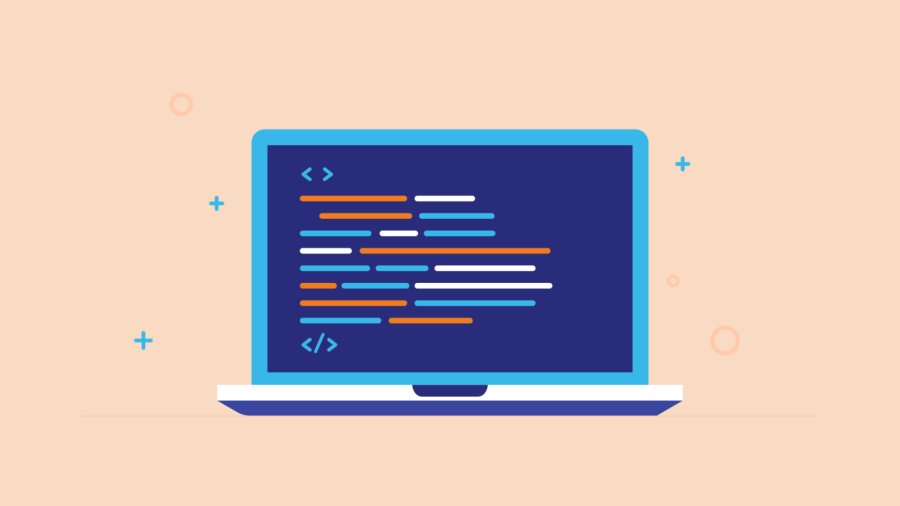Programming How To
March 14, 2022
Programming and coding in general seems like a daunting field to many people. However, with the rise of technology and resources on the Internet it is more accessible than ever. There are many different opportunities and paths to expand your knowledge. For example, one could dip their toes into languages like Python, java or javascript. One important thing to note is that languages are usually used for specific purposes. This article was made to help decipher the complicated sea of programming.
Let’s talk about languages. Languages are built for a specific purpose: to communicate between you and the computer. All you have to do is find the best one for you. If you want to learn website development, you should focus on javascript and HTML; if you want to make something and focus on efficiency, you should learn more about java or C, with java being the easier option for beginners.
Now let’s talk about resources. If you want to learn coding from the ground up, Python is a great language to start with as it is lightweight and easy to learn. With Python, you can focus on learning core concepts of programming like if statements, loops, functions, and data structures without worrying much about more complex topics.
Data structures are ways that computers organize and store data. For example, you may have a pocket in your pants to store your phone while a computer stores a number in a variable. However, variables are not only used for storing numbers. They can store almost anything. Let’s say that you have a grocery list consisting of apples, bananas and beans. If you were using Python, you could make a list and store that in a variable called grocery_list like so: grocery_list = [‘apples’, ‘bananas’, ‘beans’]
Now, what can you do with these variables? You can do calculations, sort, and print them. If you wanted to add two things together, you could create the two variables: a = 3 and b = 6. Adding them together could look something like this: c = a + b. This creates the variable c with 9 as the data. Displaying the variable is as easy as typing print(c). This whole script looks something like this:
a = 3
b = 6
c = a + b
print(c)
One important concept in coding is a data type. There are different data types for different use cases. The three most common data types are strings, integers and booleans. Strings are a collection of characters or words. Strings can include letters and numbers.
For example, I could create a variable containing the string dog by writing: my_string = “dog”. The two quotation marks signify that dog is a string. An integer is any number. If I wanted to create a variable containing the number 1234, I would write: my_number = 1234. Booleans are even more simple than the other two data types. Booleans can be one of two values, true or false. In Python, creating a variable conteng a boolean is simple, just write: my_boolean = True or my_boolean = False.
All this is good material, but there is so much more to learn and do in Python and other programming languages. If you seriously want to learn more about programming, it would be best to look up crash courses of the specific coding language you want. I would recommend Python for beginners.



